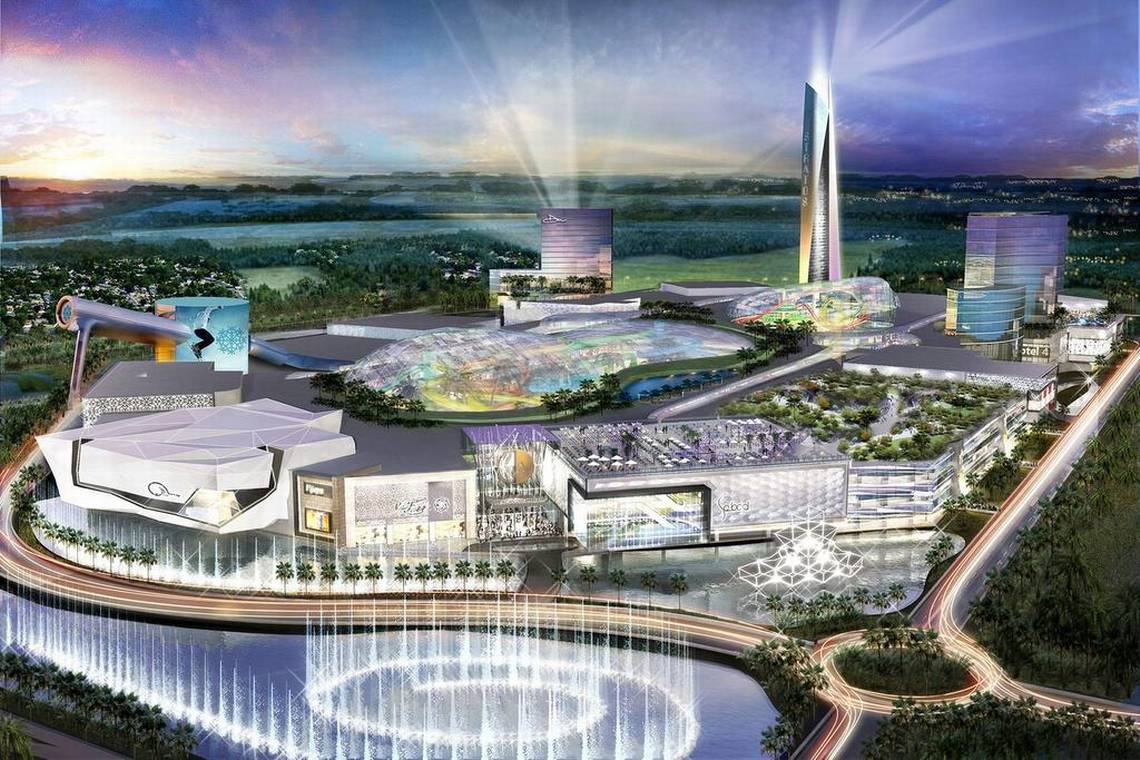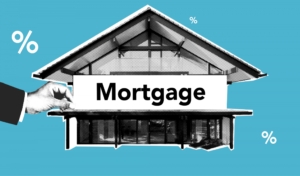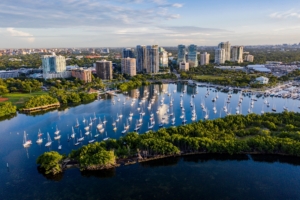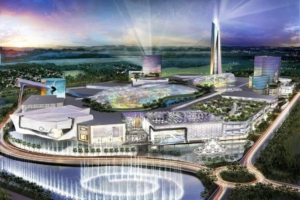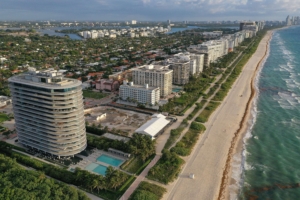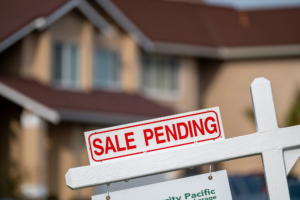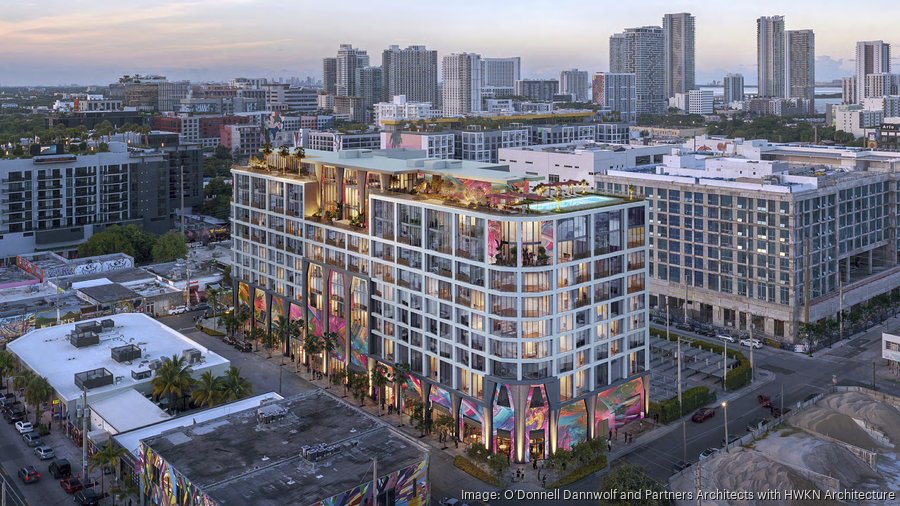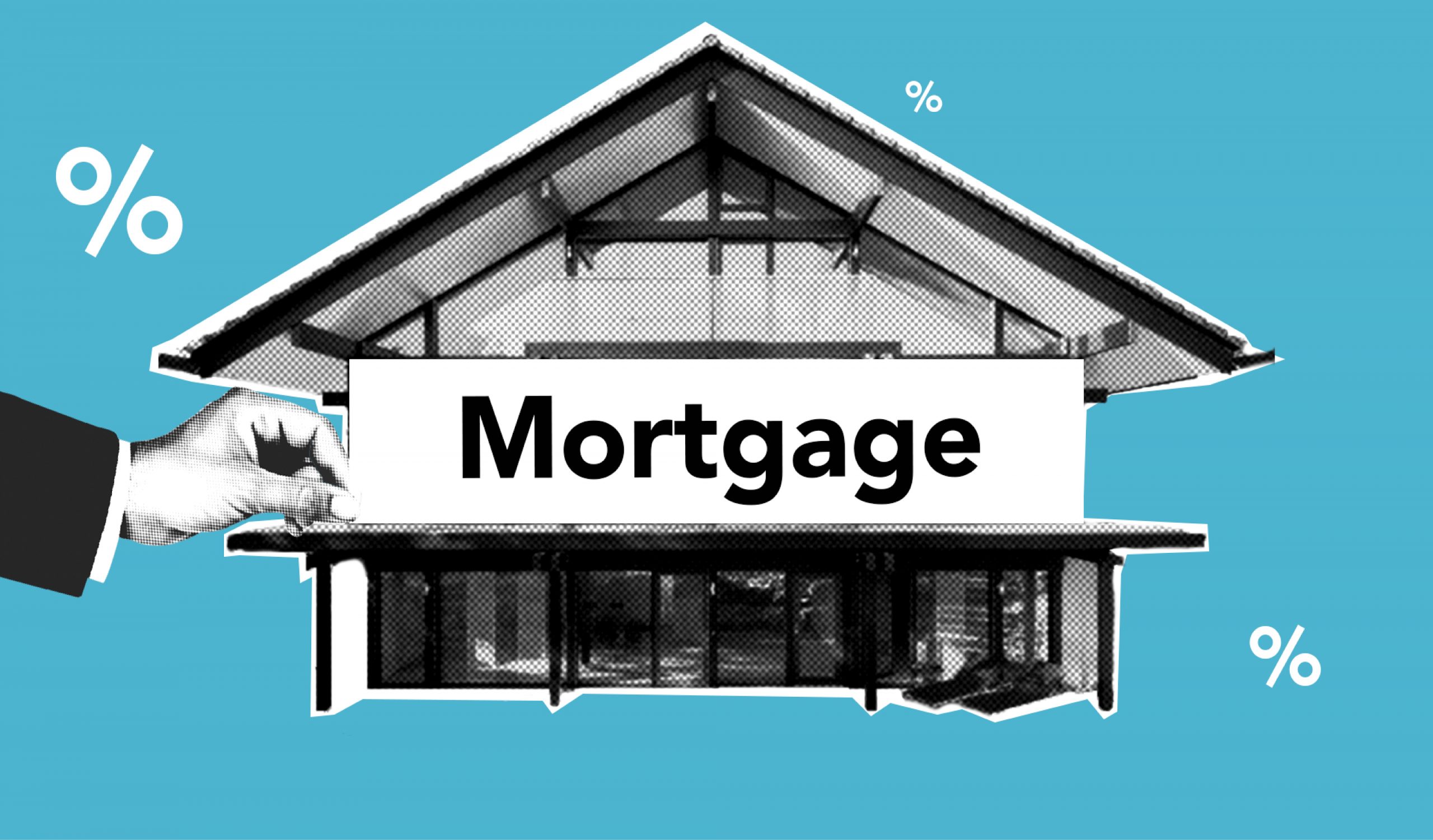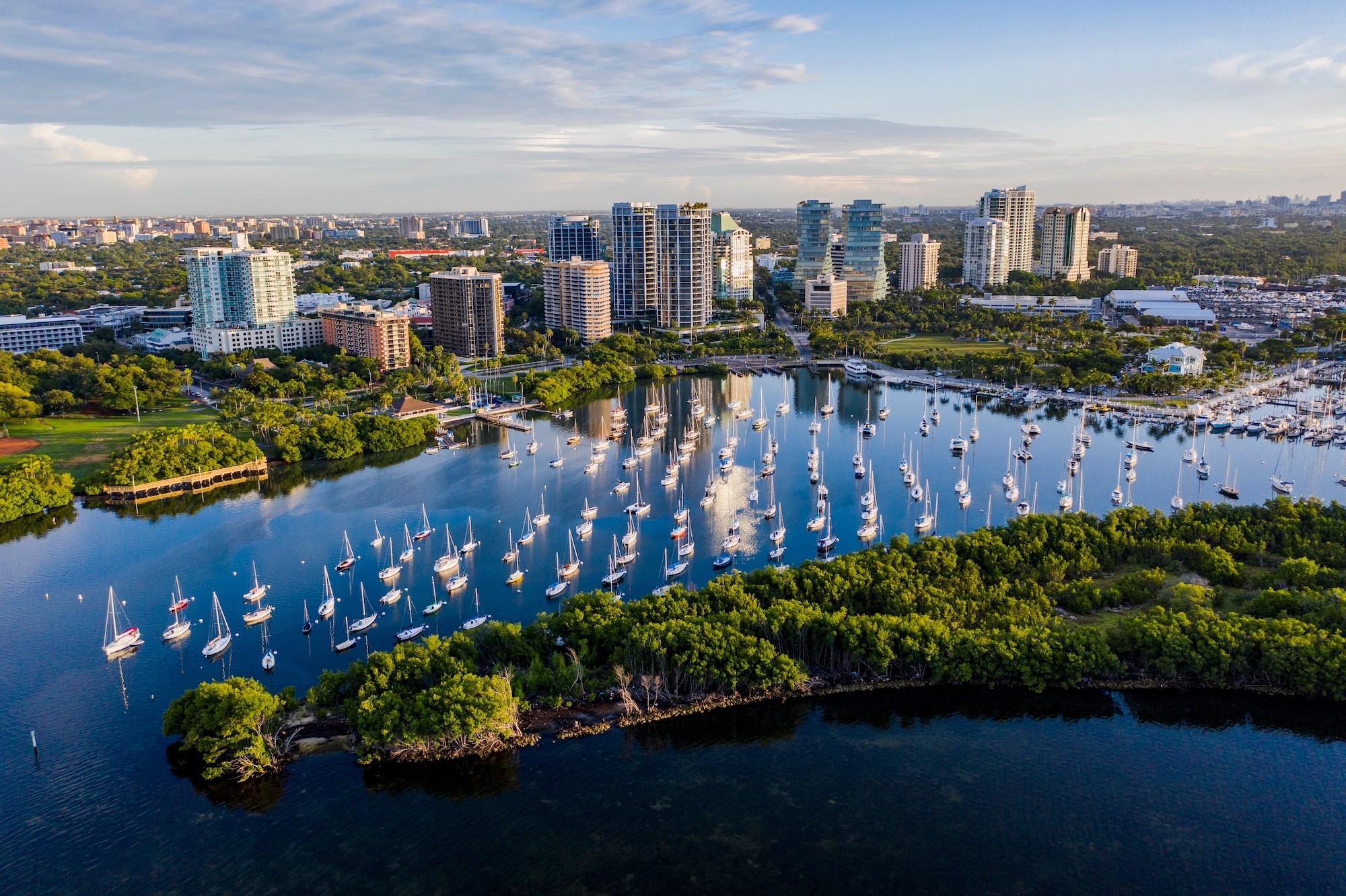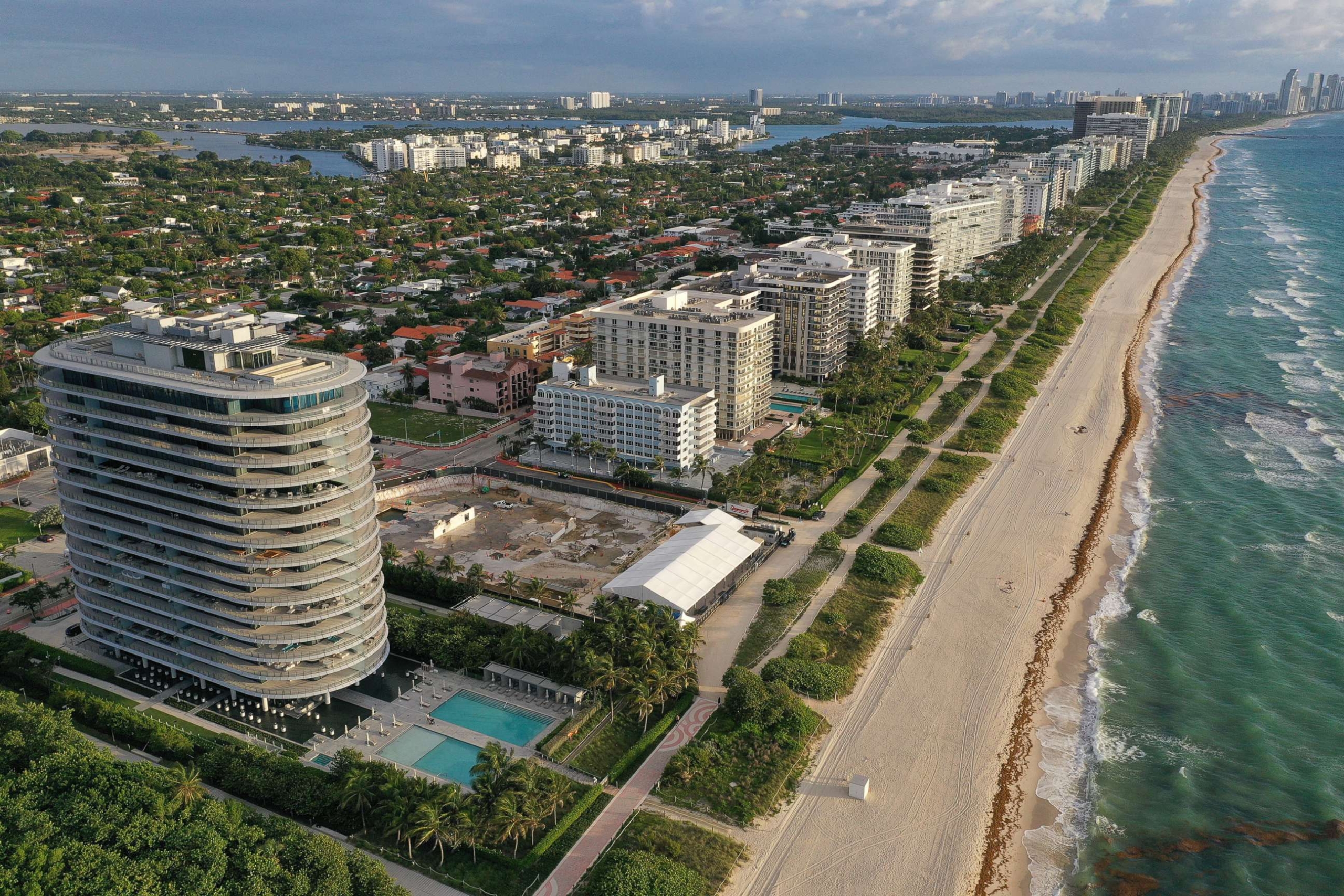American Dream Miami Faces $5 Million Legal Battle as Mega-Mall Project Remains Stalled in 2025
The ambitious American Dream Miami project, once heralded as a transformative economic catalyst for South Florida, now finds itself embroiled in a high-stakes legal confrontation with Miami-Dade County. What was originally conceived as the largest retail and entertainment complex in the United States has become a cautionary tale of missed deadlines, broken promises, and mounting financial penalties that threaten the project's very existence.
The mall is expected to cost over $5 Billion and currently has not started construction, making it one of the most significant stalled developments in Florida's recent history. As the dust settles on years of delays, stakeholders are questioning whether this mega-project will ever materialize or if it represents another example of ambitious real estate promises that failed to deliver.
The Mounting Legal Crisis and Financial Penalties
Miami-Dade County has escalated its dispute with the American Dream Miami developers by demanding a substantial $5 million penalty payment, marking a significant turning point in the project's troubled timeline. This financial demand stems from a contractual agreement established in 2015, which required the developer to meet specific milestones that have long since passed without fulfillment.
The legal action centers around Triple Five Group's subsidiary, International Atlantic LLC, which has failed to secure the necessary development permits that were contractually required by 2020. More critically, the grand opening that was promised for 2025 appears increasingly unlikely, with the project site remaining entirely vacant at the strategic intersection of Interstate 75 and Florida's Turnpike, north of Hialeah.
Construction has not yet begun, and although the opening date is scheduled for late 2026, the legal conflict threatens to cause further delays. The county's lawsuit describes the situation as a "flagrant disregard of contractual obligations," highlighting the severity of the developer's failure to progress.
The original 2015 agreement included a no-bid transaction for 82 acres of government land, with the $5 million penalty clause specifically designed to protect taxpayer interests if the project failed to meet its commitments. County officials argue that this penalty is now due, given the complete absence of meaningful progress toward construction.
Triple Five's Response and Development Challenges
Despite the mounting pressure from Miami-Dade County, Triple Five Group maintains that progress is being made on critical infrastructure components necessary for the project's eventual success. The developer's legal representative, Miguel Díaz de la Portilla, emphasizes that the company is actively working on state-level requirements related to road construction around the proposed development site.
The developer argues that their efforts focus on leveraging engineering studies and corporate influence to accelerate state construction of new highway off-ramps and expanded roadway capacity. These infrastructure improvements are essential for managing the anticipated traffic volume that would result from a usable area of 6.2 million square feet (over 575 thousand square meters), which would make it one of the largest retail complexes in the nation.
The cost of mall completion will be higher than the original $4.5 billion to $5 billion estimate, according to developer statements, indicating that budget constraints may also be contributing to project delays. This cost escalation reflects broader challenges in the construction industry, including material costs, labor shortages, and regulatory compliance expenses.
The company's strategy involves using future developer fees from the project to fund additional road construction, creating a complex interdependency between private development and public infrastructure that has complicated the timeline significantly.
Complex Land Disputes and Multiple Litigation Fronts
The legal challenges facing American Dream Miami extend far beyond the county's penalty demand, encompassing a web of interconnected disputes that threaten the project's fundamental viability. Triple Five finds itself engaged in simultaneous legal battles with both Miami-Dade County and the Graham Companies, the original land provider for the bulk of the development site.
The dispute with Graham Companies represents a particularly complex challenge, as it involves the foundational land acquisition that makes the entire project possible. Graham Companies has moved to cancel the original 2014 land agreement, citing Triple Five's failure to meet critical development deadlines. This cancellation threat has prevented Triple Five from closing the original land purchase, leaving the company in legal limbo regarding site control.
Scott Hiaasen, representing Graham Companies, pointed to the county's lawsuit as evidence that "International [Atlantic LLC] has made no significant progress," strengthening Graham's position that the original contract terms have been fundamentally breached. This creates a cascade effect where delays in one area reinforce problems in another, making resolution increasingly difficult.
The litigation complexity is further compounded by the fact that Graham Companies also had plans for a complementary residential and commercial project adjacent to the American Dream site. However, Graham's project remains stalled as well, though the company owns its development site outright without the same contractual obligations that bind Triple Five.
Political Dynamics and Leadership Changes
The American Dream Miami project has become deeply intertwined with Miami-Dade County's political landscape, with shifting leadership dynamics playing a crucial role in the current crisis. The project initially enjoyed broad political support, receiving near-unanimous approval from county commissioners in 2018 under the leadership of then-Mayor Carlos Gimenez, whose administration negotiated the disputed land agreement.
However, the political winds shifted significantly with the election of Mayor Daniella Levine Cava, who had been the sole dissenting voice when she served as a county commissioner in 2018. Her opposition was based on concerns about traffic congestion, the quality of employment opportunities that retail jobs typically provide, and environmental impacts related to water usage for the project's ambitious features, including an indoor ski slope and artificial lagoon designed for submarine rides.
The political tension escalated when Triple Five executives funded efforts to unseat Levine Cava during the 2018 commission election, an unsuccessful campaign that created lasting animosity. Since becoming mayor in 2020, Levine Cava's administration has taken a markedly different approach to the project, culminating in the March 6 demand letter that preceded the current lawsuit.
Francesca de Quesada Covey, serving as chief innovation and economic development officer under Levine Cava, stated that the county "has found no evidence of [International Atlantic LLC] diligently applying for and pursuing all of the Necessary Approvals," indicating a fundamental breakdown in the relationship between the developer and county leadership.
Economic Impact and Future Prospects
The stalled American Dream Miami project represents more than just a failed real estate venture; it symbolizes the broader challenges facing mega-development projects in South Florida's rapidly evolving economy. The original vision promised significant economic benefits, including thousands of jobs and substantial tax revenue generation for Miami-Dade County.
In 2015, Triple Five agreed to have the mall open and employing at least 5,000 people by 2025, but the developer hasn't yet begun the permitting process to start construction. This employment commitment was a key factor in securing initial political support and public approval for the project.
The retail landscape has undergone dramatic changes since the project's initial conception, with e-commerce growth, changing consumer preferences, and the lasting impacts of the COVID-19 pandemic fundamentally altering how Americans shop and spend leisure time. These market shifts raise questions about whether traditional mega-mall concepts remain viable in the current economic environment.
This week, the Miami-Dade County commission passed a preliminary vote that could open the door for using public dollars to subsidize the development efforts, indicating that despite the legal disputes, some county officials remain interested in finding ways to make the project viable. However, this potential subsidy approach has drawn criticism from fiscal conservatives and environmental advocates who question the wisdom of additional public investment in a project with such a troubled track record.
The broader South Florida real estate market continues to experience significant growth and development pressure, making the 175-acre American Dream site increasingly valuable regardless of the specific project proposed. This underlying land value provides both an incentive for resolution and a potential source of conflict as various parties assess their positions.
Key Insights
What is the current status of American Dream Miami in 2025?
The project remains completely stalled with no construction begun, facing a $5 million penalty demand from Miami-Dade County for missing development deadlines. The site remains vacant, and the developer has not even filed basic site plans required for construction permits.
How much will American Dream Miami cost to build?
The cost of mall completion will be higher than the original $4.5 billion to $5 billion estimate, making it one of the most expensive retail developments ever proposed in the United States.
When was American Dream Miami supposed to open?
The original timeline called for a 2025 opening, but the opening date is scheduled for late 2026, though even this revised timeline appears optimistic given current legal and development challenges.
What makes American Dream Miami unique compared to other malls?
The project is designed as a retail theme park complex spanning 6.2 million square feet, featuring unique attractions like an indoor ski slope, artificial lagoon for submarine rides, and entertainment facilities that would make it the largest such complex in the United States.
Why is Miami-Dade County suing the developers?
The county is demanding a $5 million penalty because Triple Five failed to meet contractual deadlines, including obtaining development permits by 2020 and opening the mall by 2025, as specified in their 2015 agreement for purchasing government land.
What are the main obstacles preventing American Dream Miami from moving forward?
The project faces multiple legal disputes with both Miami-Dade County and the Graham Companies, lack of development permits, infrastructure challenges requiring new road construction, escalating costs, and changing political leadership that is less supportive of the project than previous administrations.

